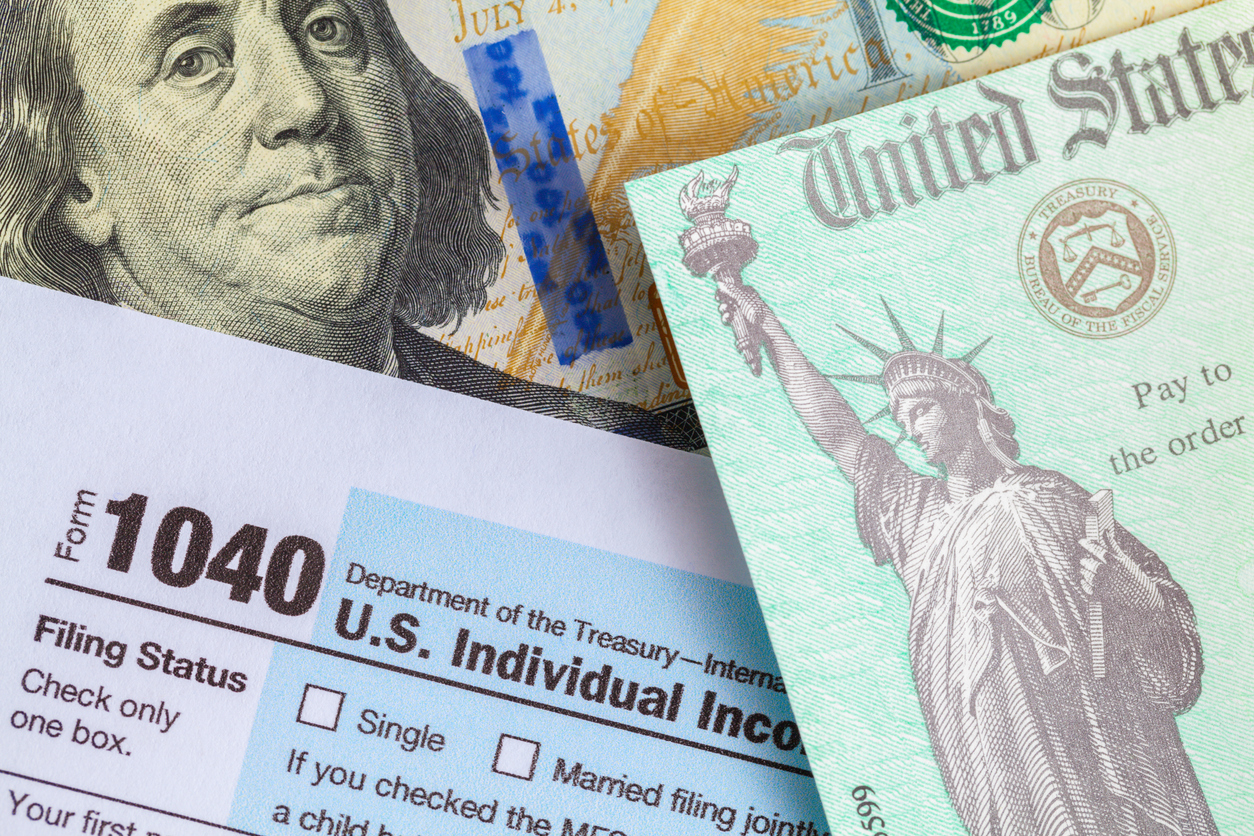Tax season is upon us, and the IRS has updated its cost-free digital tax preparation and filing service — Free File — for taxpayers to claim various credits and benefits from last year. But keep an eye out for two specific letters the agency is mailing out.
What is IRS Free File?
The IRS formed Free File in a partnership with a coalition of private-sector tax preparation companies, known as the Free File Alliance (FFA). Through Free File, the alliance provides free federal and some state online tax preparation and electronic filing exclusively through the IRS.gov website for individuals who earned $73,000 or less in 2021.
Now the latest release will enable eligible taxpayers to claim last year’s credits that they may have missed.
“Eligible taxpayers can use IRS Free File to claim the 2021 Recovery Rebate Credit, the Child Tax Credit, the Earned Income Tax Credit, and other important credits,” an IRS spokesperson told GovCIO Media & Research. “Taxpayers can use Free File to claim the remaining amount of their Child Tax Credit they did not receive in 2021. The ability to claim credits and deductions via a tax return is automated in the tax preparation software when the filer is using guided tax preparation.”
What Tax Letters is the IRS Sending?
The two letters the agency began sending in late December to some households include “Letter 6419” for those that received enhanced Child Tax Credit payments in 2021.
In late January, the IRS said it will start sending “Letter 6475,” or information about the third economic impact payment, to individuals who received a third stimulus payment in 2021, including initial and “pay-plus” payments.
On Free File this year, individuals can also claim the Earned Income Tax Credit, which provides a refundable tax credit based on a filer’s income and family size.
What is New in the IRS Free File?
In addition to the credits that filers can claim on Free File, the tool has two other elements that help with tax preparation. These are through-guided tax preparation and the Free File Fillable Forms application.
The guided tax preparation walks taxpayers through a series of tax-related questions, and FFA tax preparation automated tax logic software will generate a tax return throughout the process. To use this aspect of Free File, individuals must have a gross adjusted income of $73,000 or less for eligibility.
IRS Goes Digital
The Free File Fillable Forms (FFFF) application launched in 2009 and does not have an income eligibility threshold, allowing for anyone to access digital versions of IRS tax forms.
“It provides an online version of a paper IRS form or schedule, equipped with fillable fields and line items, much like a paper form,” an IRS spokesperson said. “FFFF is not guided and requires the taxpayer to self-select forms and schedules based on their personal tax situation. The taxpayer may use IRS form instructions and publications to determine what forms and schedules apply to their tax situation.”
The IRS is increasing its push for taxpayers to use online services and has been focused on digitizing paper-based forms and processes amid a broader modernization push. The agency has encouraged filers to avoid paper tax returns and phone lines to accelerate the return process and ensure accuracy. Its Pilot IRS initiative aims to incorporate automation to digitize paper files and records through optical character recognition and scanning-as-a-service.
“Free File is part of a wide selection of services available on IRS.gov to help people file taxes during this challenging period,” IRS Commissioner Chuck Rettig said in a statement. “IRS Free File offers taxpayers an easy, free way to do their taxes from the safety of their own home. Free File also provides electronic filing with direct deposit, which is the best way to avoid delays and receive refunds quickly and securely.”
The tax filing season started Jan. 24 and will end April 18 for most taxpayers.









